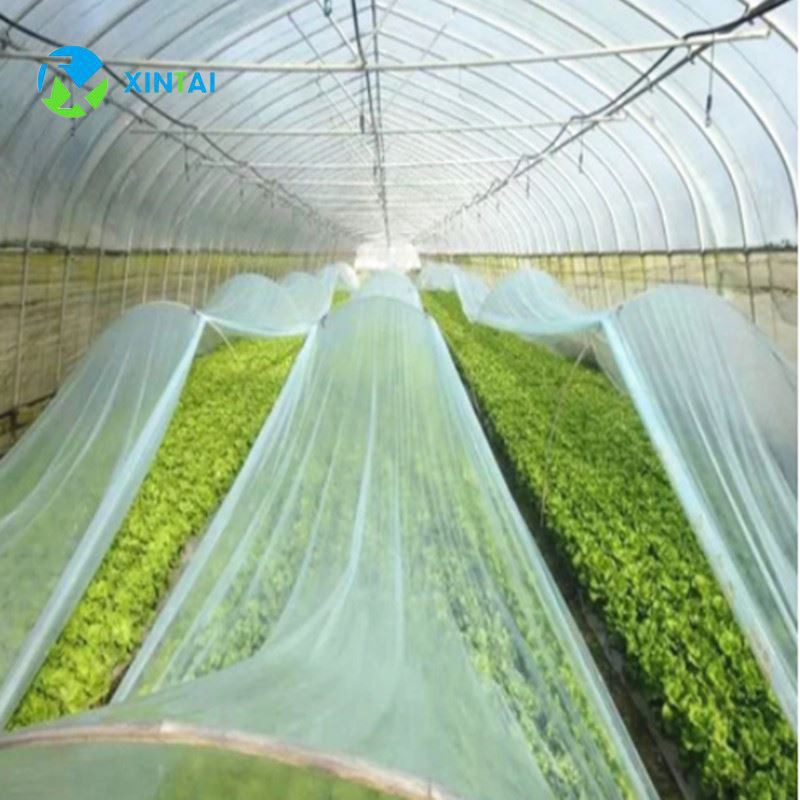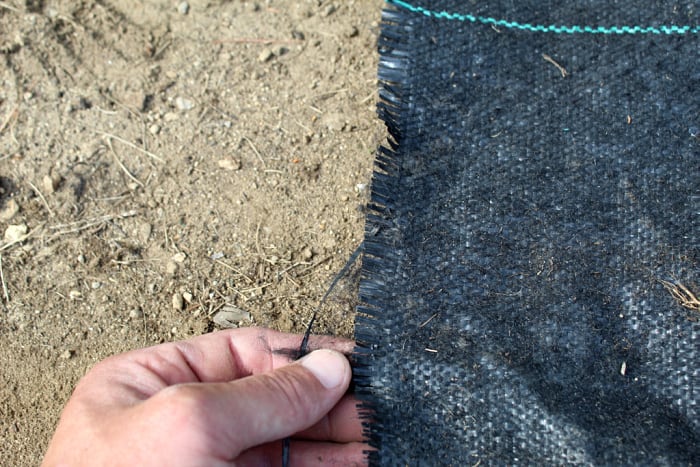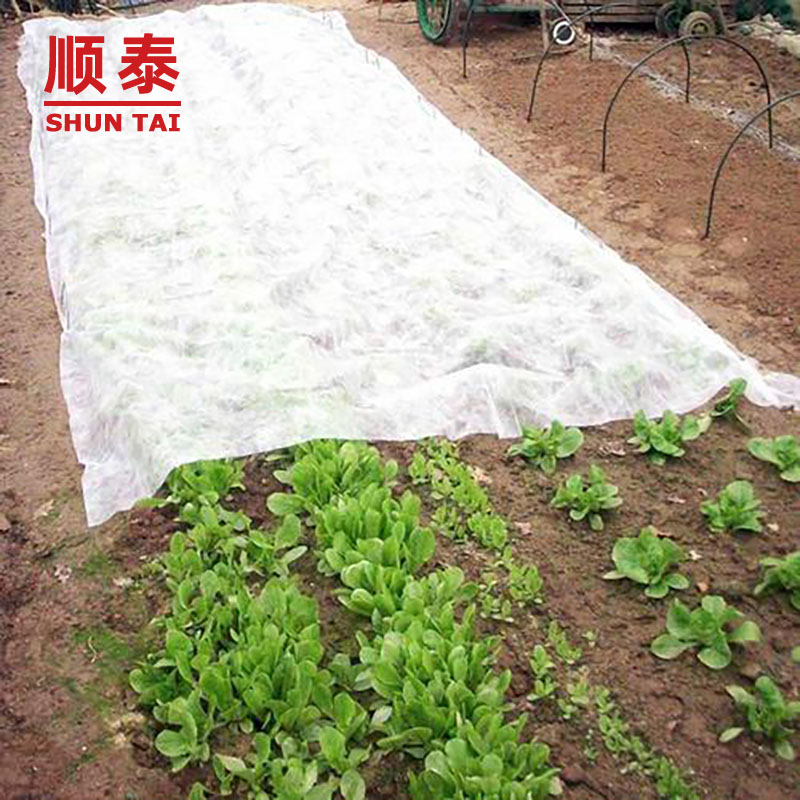
Non-Woven Industry DevelopmentNon-woven fabric is a material that was born from the petrochemical industry following the invention of plastic cloth (film). It is lighter than cloth and provides better ventilation. It is widely used in medical and hygiene products such as sanitary napkins and facial towels. Later it was incorporated into engineering to it. Non-woven fabrics can be used in the production of vegetable products to protect against the effects of cold. While the production of non-woven fabric differs from that of plastic film, the fundamental raw materials are similar. It comprises PVC (polyvinyl chloride) and PE (polyethylene), EVA (Ethylene Vinyl Acetate copolymer), PVA (polyvinyl alcohol) and other such items. It is possible to make a thin film of traditional plastic by melting it, then inflating. It is continuous. It can be stretched for a long time. The film does not have pores. It is an impermeable film which blocks the exchange and movement of any molecules through the film. Artificial chemical fibers derived from the mentioned sources became the most popular choice for the textile industry following the growth of the textile manufacturing industry. These chemical fibers, however, can still be made into cloth by traditional warp-weft weaving. Non-woven material is created by weaving the fibers together at various angles across all directions. This is an alternative to the traditional warp and weft weaving. It is a superior material over traditional weaves. The process of production can be finished from the raw materials to finished products in a single step. This is a better alternative to weaving that requires drawing in fibers. Non-woven textiles have been extensively utilized in the industry of apparel in recent years. Thanks to advances in the field of materials technology as well as the development of production technologies, non-woven fabric has become more diverse and is being used more widely. Every day we come across different materials and products. The rise in non-woven fabric usage in the field of agriculture is due to its lightness, ease-of-production diversification, cost efficiency and wide variety of uses. See this non woven weed control fabric for more info.

Non-woven textiles in agriculture: Applications Non-Woven textiles in Agriculture. Non-woven fabrics were initially utilized in Europe to protect carrots from early harvesting. Also, to stop tomato leaf viruses and whiteflies Non-woven fabric was first introduced to Europe to the agriculture industry in 1978. Non-woven fabrics are utilized in the United States for the mulching and protection of sweet peppers, tomatoes. root vegetables, carrots such as carrots. Radishes. cabbage. lettuce. They are used to conserve the heat, encourage early harvesting and also to combat insects. Non-wovens can be used to cover mats that are grass-proof and raise the temperature of soil. The production of water-absorbing blankets using short fibers can be applied to nursery bedding to ensure that the roots can take in all the water. They could also be used as a bottom substrate for turf production or directly used as lawn grass for moisturizing, draining, and dividing the garden. They can also be used as planters to protect large woody plants like fruit trees or garden trees, and to hold in water. Non-woven fabric can also be used for crop cover in Taiwan. They are also used for the control of the environment in large greenhouses in order to save energy. Double-layered canopy curtains and cover reduce solar radiation and heat dissipation in the evening. TAVIK fabrics are non-woven spun-bonded non-woven TAVIK fabrics with high densities were initially used for shading and protecting cauliflower bulbs. Farmers quickly took to it because of its outstanding shading capability, low thermal conductivity, easy recyclability and easy acceptance. In the following years, it was employed for heat preservation and insect-proof cultivation of leaf vegetables. It also was used as a shade, heat preservation as well as cultivation for fruit trees and pineapples. But, because of the unique climate and ecology of Taiwan, the development of the industry of non-wovens is slow. Taiwan's nonwoven fabric manufacturers are constantly innovating in nonwoven technology. This is a case of air permeability, absorption of water, as well as water repellency. It is being utilized to store and preserve agricultural product. Follow this pp agricultural nonwoven fabric for more information.
